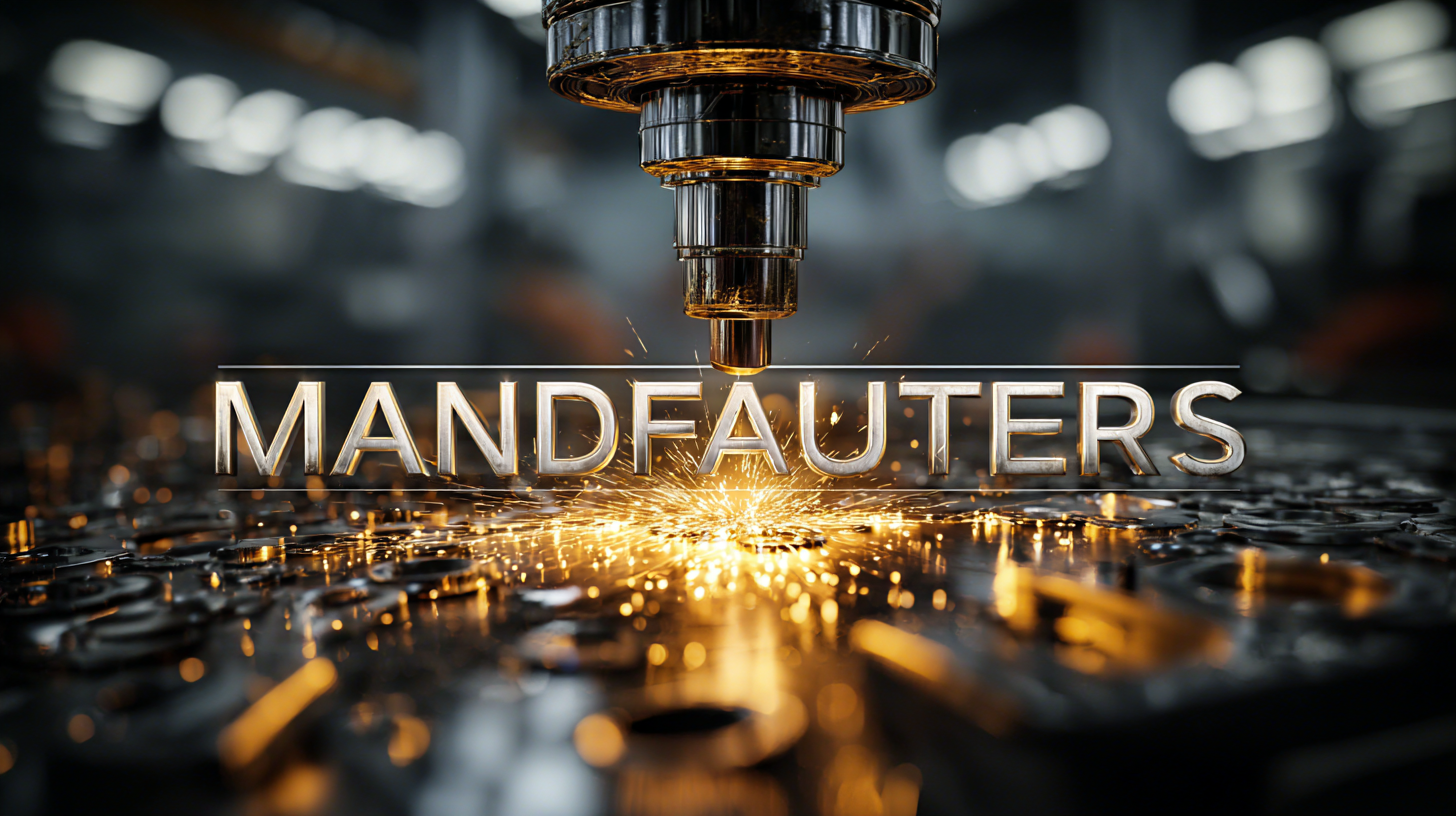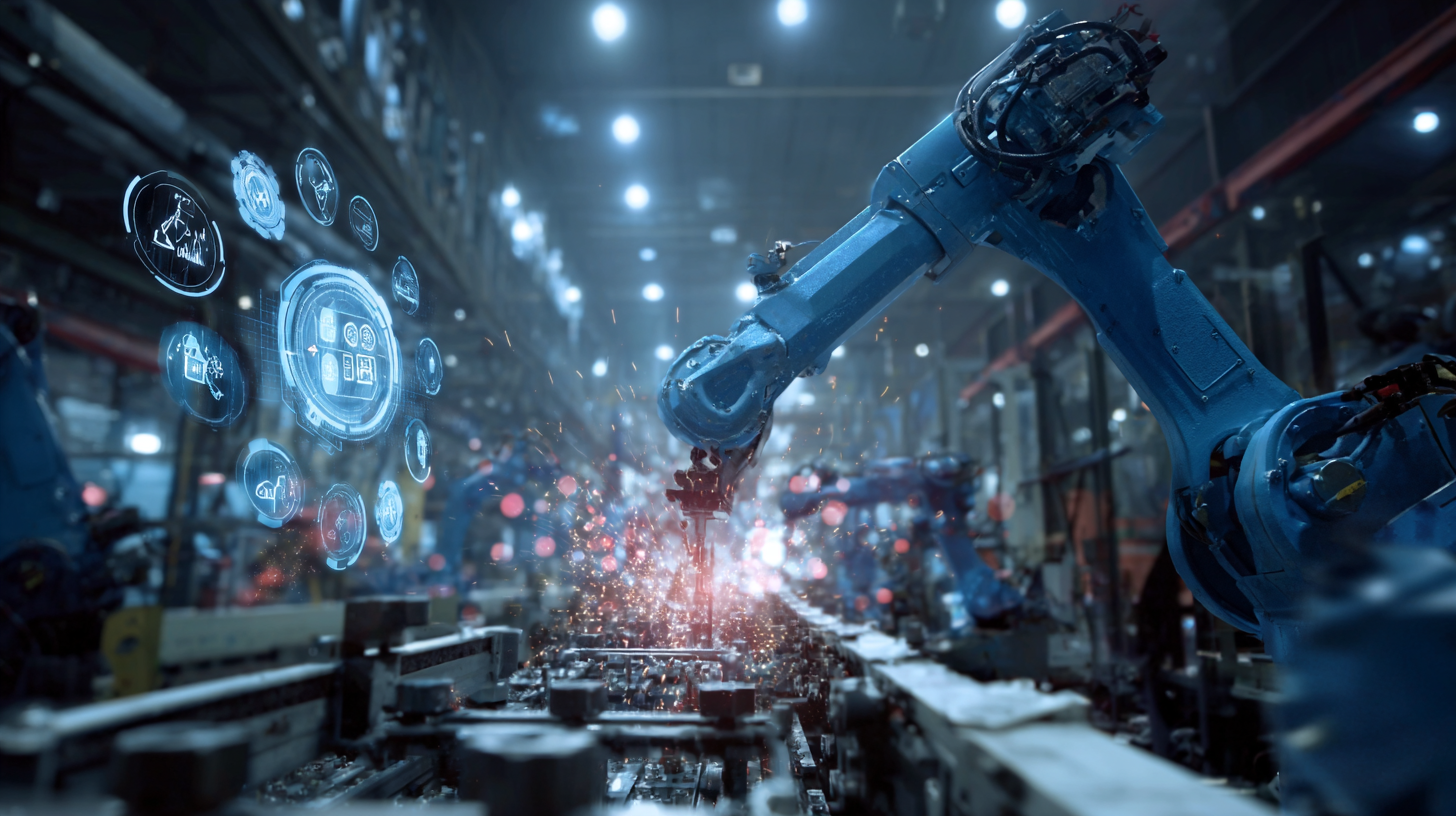

In today's rapidly evolving marketplace, manufacturers are faced with a multitude of challenges that dictate their operational strategies and product offerings. The diverse characteristics and applications of various product types play a crucial role in shaping these challenges, pushing manufacturers to innovate and adapt. From the intricacies of supply chain management to the demands of sustainability and consumer preferences, understanding the unique attributes of different categories of products is essential for success. This blog delves into the complexities faced by top manufacturers in today's competitive environment, exploring not only the hurdles they encounter but also effective "how-to" strategies that can help them navigate these issues. By analyzing the distinct traits of numerous products and their respective suitability, manufacturers can better position themselves to meet the evolving demands of the market while maintaining efficiency and profitability.

Supply chain disruptions have emerged as a critical challenge for manufacturers in today’s volatile market. Factors such as geopolitical tensions, natural disasters, and the ongoing effects of the pandemic have led to unpredictability in sourcing materials and managing logistics. As manufacturers strive to maintain production efficiency, they must also navigate the increased costs and delays that come with these disruptions. This evolving landscape demands not only resilience but also innovative strategies to mitigate risks and ensure continuity.

To combat these challenges, manufacturers are increasingly turning to technology and data analytics. Implementing advanced forecasting tools allows companies to anticipate potential disruptions and adapt supply chain strategies proactively. Additionally, fostering strong relationships with multiple suppliers can enhance flexibility, enabling manufacturers to pivot quickly in response to unforeseen issues. By embracing these solutions, manufacturers can not only safeguard their operations but also position themselves for growth in an ever-changing environment, turning obstacles into opportunities for improvement and innovation.
In today's competitive manufacturing landscape, labor shortages pose a significant challenge for top manufacturers, prompting the need for innovative strategies to attract and retain skilled workers. The tight labor market has made it increasingly difficult to find qualified candidates, leading many companies to rethink their recruitment and retention approaches. This requires a multifaceted strategy that goes beyond traditional hiring practices, focusing on creating an appealing work environment that promotes growth and job satisfaction.
One effective approach is to enhance employee benefits and work-life balance. Manufacturers can stand out by offering flexible work schedules, comprehensive health benefits, and opportunities for professional development. Additionally, fostering a positive workplace culture that values diversity, inclusivity, and employee well-being can significantly improve retention rates. Employers should also consider investing in training programs that upskill current employees, empowering them to take on more responsibilities and grow within the company, thus making positions more attractive to potential candidates.
Collaboration with educational institutions can further bridge the skills gap in the manufacturing sector. By partnering with local schools and vocational programs, manufacturers can create tailored training programs that prepare students for specific roles. This not only helps in cultivating a skilled workforce but also establishes a pipeline of talent that can meet the industry's evolving needs. As manufacturers adapt to these challenges, focusing on attracting and retaining skilled workers will be crucial to sustaining their competitive edge.
| Challenge | Impact Level (1-5) | Current Strategy | Effectiveness (1-5) | Future Strategy |
|---|---|---|---|---|
| Labor Shortages | 5 | Recruitment Campaigns | 3 | Upskilling Programs |
| Employee Retention | 4 | Competitive Benefits | 4 | Flexible Work Arrangements |
| Skill Gaps | 4 | Partnerships with Educational Institutions | 4 | On-the-Job Training |
| Worker Morale | 3 | Employee Engagement Programs | 4 | Wellness Initiatives |
| Technological Advancements | 3 | Automation Implementation | 5 | Continuous Learning Programs |
In today's fast-paced manufacturing landscape, embracing Industry 4.0 technologies has become crucial for companies seeking to maintain a competitive edge. This new industrial revolution focuses on the integration of digital technologies, automated processes, and data analytics within manufacturing operations. As manufacturers transition from traditional methods to smart factories, they can enhance efficiency, reduce downtime, and streamline production processes, ultimately leading to increased profitability.
The adoption of technologies such as the Internet of Things (IoT), artificial intelligence (AI), and advanced robotics allows manufacturers to gather real-time data and make informed decisions. For instance, IoT sensors can monitor equipment health and predict failures before they occur, minimizing disruptions in production. Furthermore, AI-driven analytics enable companies to optimize supply chain management, forecast demand, and personalize products to meet customer needs. By leveraging these advancements, manufacturers can not only improve their operational capabilities but also respond more swiftly to market changes, positioning themselves as leaders in a competitive market.
The manufacturing industry today is navigating a complex landscape where regulatory compliance and sustainability have become paramount. According to a report by McKinsey & Company, over 90% of manufacturers view regulatory compliance as a critical issue that significantly impacts their operational efficiency. As governments worldwide implement stricter environmental regulations, manufacturers must adapt swiftly to avoid penalties and maintain their market position. This often involves adopting new technologies and processes that align with these evolving regulations, which can be costly and time-consuming.
Moreover, sustainability isn't merely a regulatory requirement; it's increasingly a market demand. A Deloitte study found that 70% of consumers are willing to pay a premium for sustainable products, pushing manufacturers to integrate eco-friendly practices throughout their supply chains. This shift necessitates transparency and accountability, compelling companies to invest in sustainable materials and processes. For example, a report from Gartner reveals that organizations that prioritize sustainability enjoy a 25% increase in profitability compared to their less sustainable counterparts. Thus, balancing regulatory compliance with sustainability efforts is no longer optional; it is essential for survival and growth in today's competitive manufacturing arena.
In today's volatile economic landscape, global manufacturers face unprecedented challenges, primarily driven by economic uncertainty and geopolitical tensions. The pressing need for resilience has emerged as a vital strategic focus. Organizations must proactively navigate these uncertainties, transforming potential crises into opportunities for growth. This entails recognizing and responding to risks such as climate change, cyber threats, and disruptions in supply chains, which continue to impact operational stability.

Building resilience involves adopting comprehensive strategies that not only mitigate risks but also enhance adaptability. Companies are encouraged to integrate risk management into their core operations, fostering a culture of agility and innovation. For instance, diversifying supply chains and investing in digital transformation can help firms better absorb shocks from unforeseen global events. Engaging in collaborative partnerships also offers a pathway to strengthen resilience, enabling businesses to leverage shared resources and insights for collective stability in challenging times. By embracing these strategies, manufacturers can better position themselves to thrive, even amidst the prevailing uncertainties.